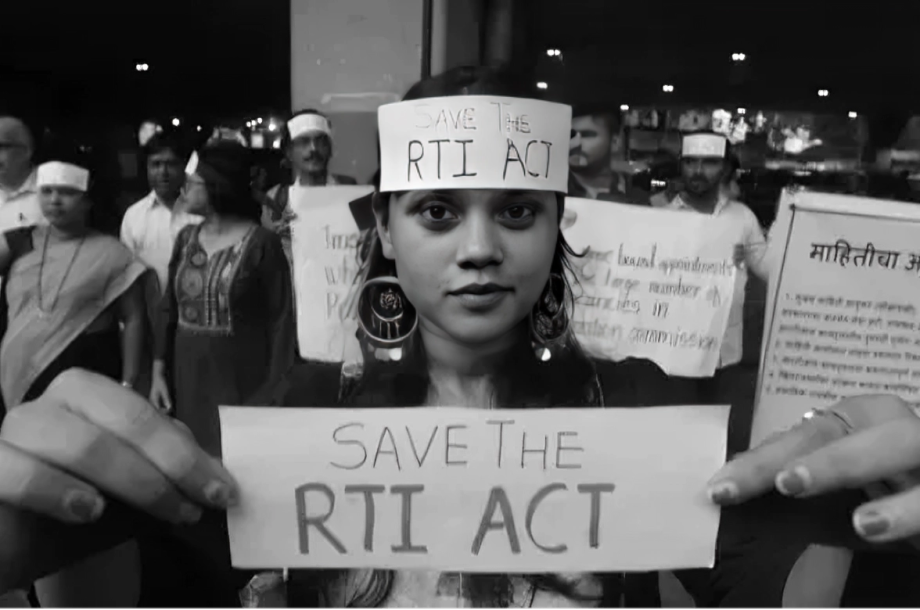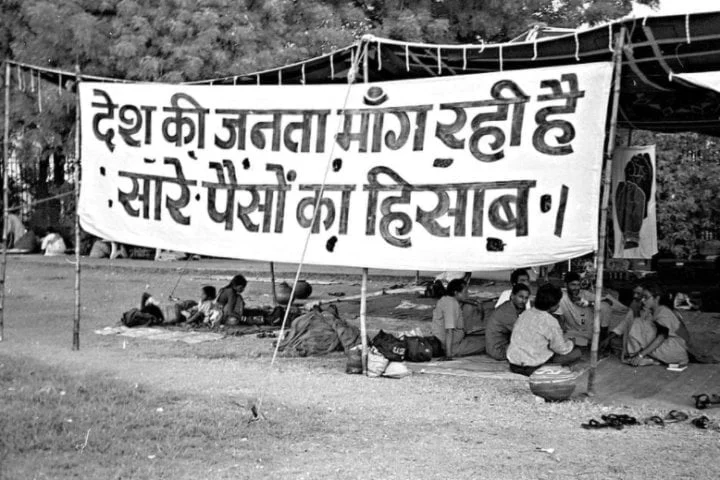
Right to Information
"The Right to Information is the foundation of democracy — it empowers every citizen to question, seek answers, and hold the system accountable."
Introduction
The Right to Information (RTI) Act, 2005, is a landmark Indian law that gives every citizen the power to access information held by public authorities. By making governance more transparent and answerable, RTI strengthens democracy and enables people to monitor how public money is spent, how services are delivered, and whether decisions are taken fairly.
1. History of RTI
The roots of RTI lie in people’s struggles for transparency in rural Rajasthan led by the Mazdoor Kisan Shakti Sangathan (MKSS). Beginning in Devdungri, villagers demanded to see muster rolls and bills of local public works to verify wages and spending. Public audits (jansunwais) exposed inflated bills and unpaid wages, galvanizing a nationwide push for the right to access official records. This grassroots movement culminated in the RTI Act becoming national law in 2005. The law was the outcome of decades of people’s demand to hold the state accountable, turning a local struggle into a national campaign for transparency. It demonstrated how collective action at the village level could shape policy at the highest level of governance.
📍 Example: In Devdungri, reading out official records in public hearings revealed fake entries and pending dues, which forced officials to release payments to workers.
2. What is RTI?
RTI is a legal right that allows any Indian citizen to request information from a public authority. Applicants do not need to give reasons for seeking information. The law covers ministries, departments, local bodies, and all institutions substantially financed by the government. By default, information should be disclosed unless it falls under specific exemptions such as national security, personal privacy, or information that could endanger life. This provision makes RTI one of the strongest tools for transparency in the world. It has democratized access to governance by ensuring that the right to question is not limited to elites or experts but is available to the poorest villager or the most marginalized citizen, making democracy truly participatory and inclusive.
📍 Example: A student filed an RTI to learn how scholarship funds were allotted in her district, helping ensure a fair and transparent selection process.
3. How RTI Works Today
Filing an RTI is simple: submit a written or online application with a ₹10 fee to the Public Information Officer (PIO) of the concerned department. The PIO must respond within 30 days, or within 48 hours if the matter concerns life or liberty. If the reply is unsatisfactory or delayed, citizens can appeal—first to the First Appellate Authority and then to the Information Commission. The entire process is designed to minimize obstacles so that citizens can easily engage with it. Over the years, technology has simplified the process further, with online portals and digital payments. Despite occasional bureaucratic resistance, the RTI system continues to function as a bridge between ordinary people and the state, compelling transparency in administration and decision-making.
📍 Example: Residents of an urban slum filed RTIs about funds allocated for water supply. The disclosures triggered repairs and improved service in their area.
4. Important Use-Cases of RTI
RTI is a practical everyday tool—not only for activists. People use it to track pensions and welfare benefits, verify wage payments, monitor public works, and uncover ghost beneficiaries or unused budgets. It has exposed corruption in ration shops, revealed irregularities in education admissions, and ensured timely delivery of health and welfare services. Its use has improved accountability in multiple government schemes. The accessibility of RTI empowers common people to use official records as evidence, making it harder for officials to deny entitlements or misuse funds. Over time, it has shifted the balance of power by allowing citizens to act as watchdogs of public resources, ensuring governance becomes people-centric.
📍 Example: A widow in Bihar used RTI to track her pending pension. With documented proof of delays, she secured payment of arrears.
5. Key Features of RTI
The RTI framework is designed to be simple and citizen-friendly: any Indian citizen can file an application with a nominal ₹10 fee; departments must reply within 30 days (48 hours in urgent cases involving life or liberty); no reasons are required to be stated; and the law covers all public authorities and bodies substantially funded by the government. Another key feature is that the burden of proof lies on the authority, not the citizen, which shifts responsibility onto the state. RTI also has a two-tier appeal system and Information Commissions at the state and central level to address grievances. These features make RTI a robust law, giving ordinary people a reliable way to demand transparency without fear of reprisal.
📍 Example: A parent filed an RTI to obtain a school’s admission criteria and seat matrix, ensuring transparency and fairness in admissions.
6. How RTI is Changing Lives
RTI has transformed governance by exposing corruption, improving service delivery, and empowering communities—especially workers, farmers, and women—to claim their entitlements. It has ensured payment of wages under employment schemes, revealed diversion of funds in public works, and helped enforce accountability in local bodies. RTI has also become a symbol of dignity for marginalized citizens, showing them that their voices matter in democracy. The law is not just about information; it is about empowerment and justice. By enabling ordinary people to question the state, RTI builds trust in democratic institutions and promotes a culture of accountability that has long-lasting impacts on governance and development.
📍 Example: Farmers in Maharashtra used RTI to uncover irregularities in crop-insurance claims, prompting corrective action by authorities.

